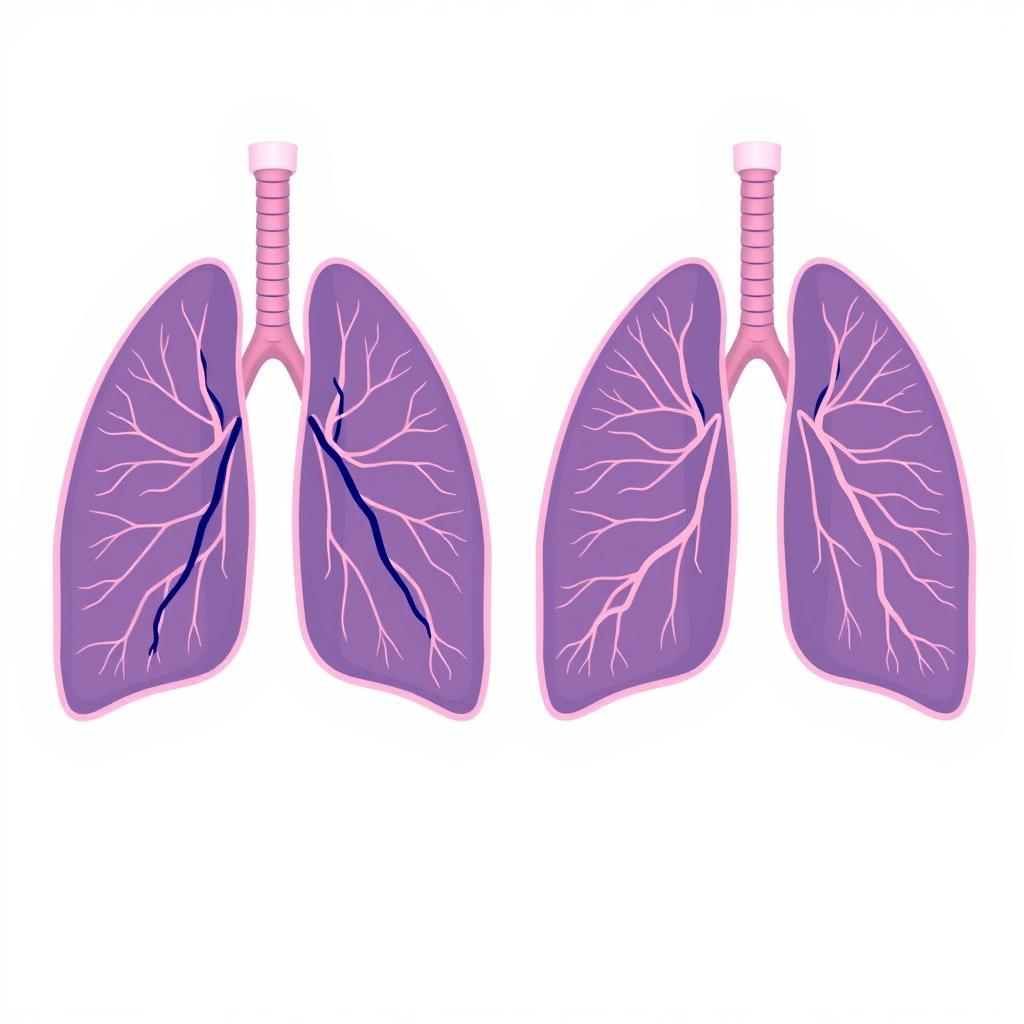
5-minute breathing ‘workout’ may benefit heart and brain health
- September 13, 2019
- 0 Likes
- 393 Views
- 0 Comments
A quick breathing exercise. New studies suggest a few minutes of daily targeted breathing can improve cardiovascular health. The technique, called inspiratory muscle strength training (IMST), uses a small handheld device. You take about 30 slow, deep breaths through it – roughly a 5-minute session – 5–7 days a week. Unlike regular exercise that works big muscles, IMST specifically trains the diaphragm and respiratory muscles against resistance.
Heart benefits. Clinical trials of IMST have shown impressive results on blood pressure. In one study of middle-aged adults, just 6 weeks of 5-minute daily IMST reduced resting systolic blood pressure significantly pmc.ncbi.nlm.nih.gov (often by around 6–9 mmHg). That’s comparable to some blood pressure medications. The effect seems to come from relaxing blood vessels: participants’ vascular resistance dropped, even though their heart rates didn’t change pmc.ncbi.nlm.nih.gov. In short, a daily 5-minute breathing workout made arteries more pliable and lowered blood pressure.

Brain and cognitive effects. Lower blood pressure and better circulation can benefit the brain. Researchers are now studying whether IMST also improves blood flow in the brain and boosts cognitive function in older adults. A Colorado research group notes that inspiratory muscle training “may lower blood pressure and improve blood vessel, brain, and physical function” sealslaboratory.com. The idea is that by reducing oxidative stress and inflammation (through better breathing), the whole circulatory system – including the tiny vessels in the brain – could work better. Improved endothelial (blood vessel) function might translate into clearer thinking and memory. Early pilot tests are looking at these effects, but the safety and ease of IMST (you do it sitting at home) make it a very accessible tool.
How to do it. IMST devices are often just a tube with a one-way valve that you breathe against (sold as “powerlung” trainers, etc.). You typically set a resistance (often around 75% of your max inhalation pressure) and then perform 30 breaths: inhale through the device slowly and forcefully, then exhale naturally. Each session takes about 5 minutes. Consistency is key – benefits were seen with daily practice over weeks. It’s important to use proper technique and not hyperventilate; if trying it, one should follow a guided program or doctor’s advice.

Takeaway: This is not “yoga breathing” but a targeted lung exercise. Early evidence is encouraging: a quick 5-minute breathing workout each day could be a simple way to help lower blood pressure and perhaps even protect brain health pmc.ncbi.nlm.nih.gov sealslaboratory.com. As research continues, it may become a recommended practice for people at risk of hypertension or cognitive decline. Until then, focusing on deep, slow breathing and cardiovascular fitness remains sound advice.



Leave Your Comment